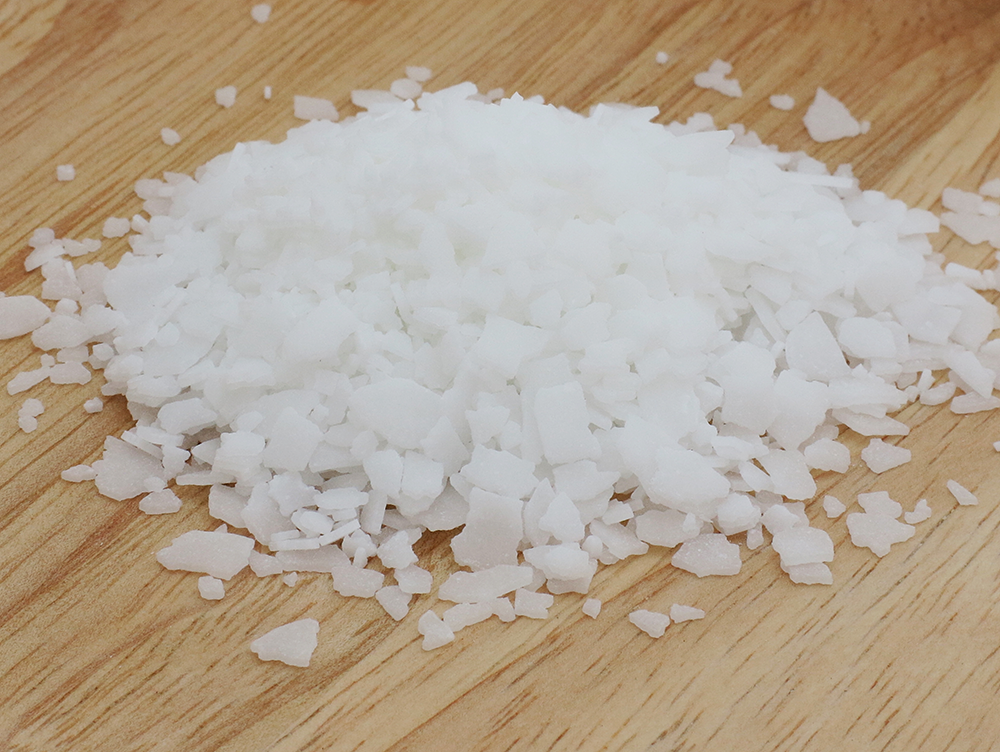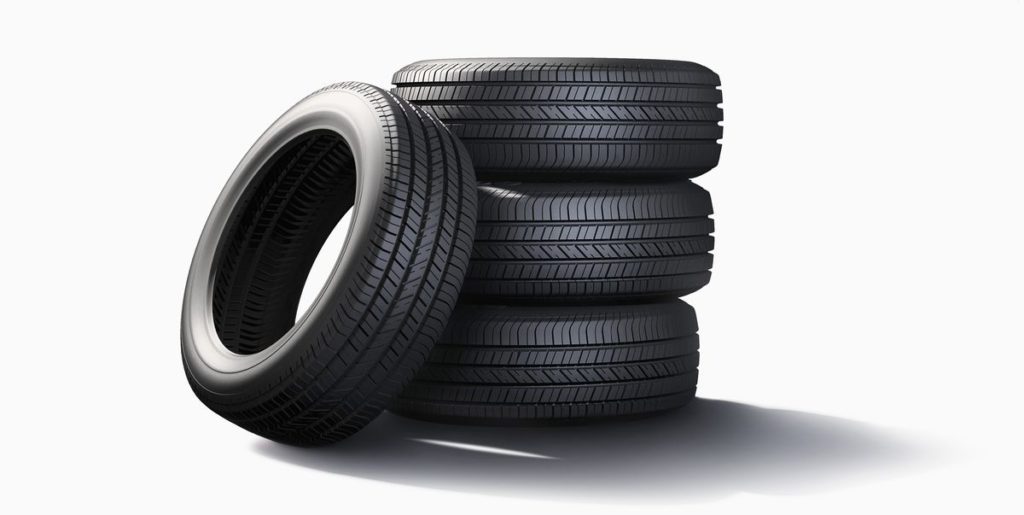Stearic Acid Overview


Stearic acid chemicals known as octadecanoic acid is one of the most common and useful type of saturated fatty acids found in combined form in natural animal and vegetable fats. Stearic acid chemical formula is CH3(CH2)16CO2H and molar mass of 284.48 g/mol with a waxy white solid appearance. This compound that found commercially is a mixture of approximately equal amounts of stearic and palmitic acids and small amounts of oleic acid. Naturally stearic acid occurs as a mixed triglyceride, or fat, with other long-chain acids and as an ester of a fatty alcohol. Esters and salts of stearic acid are known as stearate.


Manufacturing Process
Stearic acid is commercially produced from fatty acids by saponification with water at a high temperature and pressure, leading to the hydrolysis of triglycerides. The resulting product is then distilled to remove the water. Stearic acid components usually consist of some palmitic acid; further purification can be done to get a high purity product.
Different manufacturing processes depend on the grade of stearic acid and the type of raw material. Tallow and grease are the most common raw materials used for the production of stearic acid.
Stearic Acid Applications




Detergent and Soap Industry
Stearic acid is primarily applied in detergents, soaps, and cosmetics such as shampoos and shaving cream products. Soaps are manufactured from the saponification of stearic acid triglycerides. Esters of this compound are used to produce shampoos, soaps, and other cosmetic products. Citric acid can harden soaps and give shampoos a pearly color and consistency.
Paint Industry
Stearic acid is a very effective wax modifier used in candle making. It is a non-toxic additive that increases the opacity and hardness of candles. It also increases candle whiteness and aid in holding the shape of freestanding candles in the warmer months. It increases the candle’s durability, consistency, and melting point. Due to its stability and shaping property, it is used in making various art and craft products.
Candles Production
The candle grade of this compound is utilized in the production of candles because of its excellent properties, such as hardening the wax and strength of the candle. Stearic acid exhibits properties of activator and thickener in the wax manufacturing process. It also impacts the melting point of the wax, improving the durability and consistency of the candle.
Rubber Industry
The rubber grade is used in the vulcanization of surfactants, making plasticizers, softeners, waterproofing agents, PVC additives, etc. It is used in making tires. It acts as a stock lubricant enabling easy mold flow and release during extrusion.
Other Stearic Acid Applications
Stearic acid is a common lubricant in the injection molding and pressing of ceramic powders in the ceramic industry. It is used in the manufacture of lead-acid batteries as a negative plate additive.
DOWNLOAD TDS & MSDS
Stearic Acid TDS - Origin Malaysia
Stearic Acid MSDS
